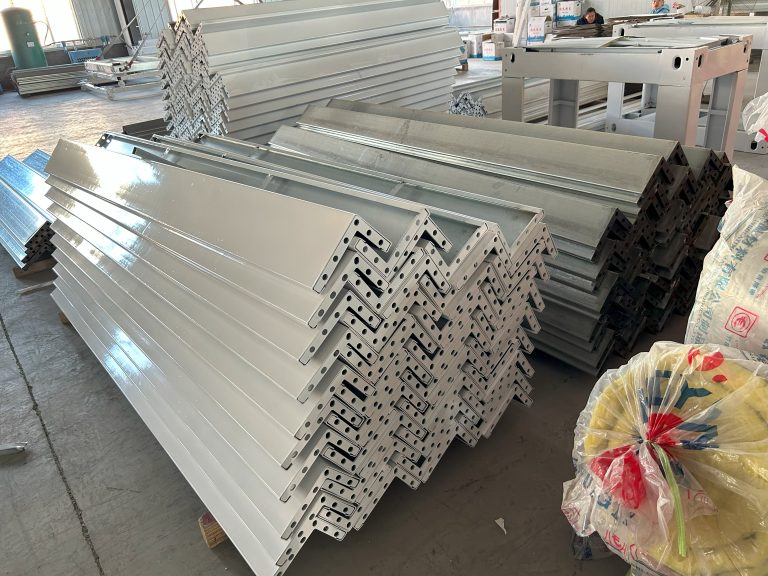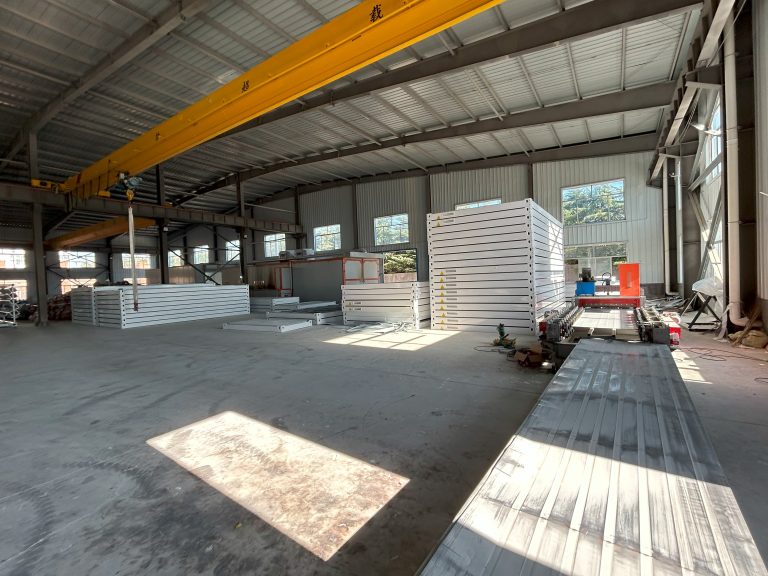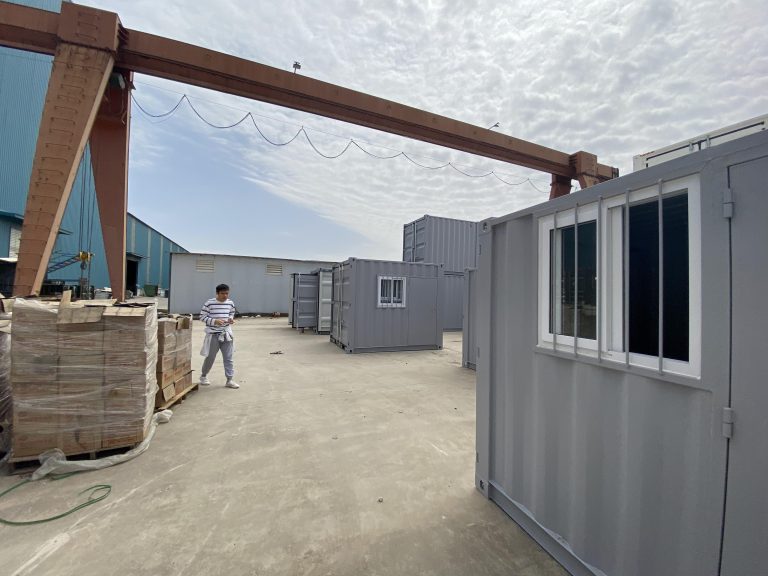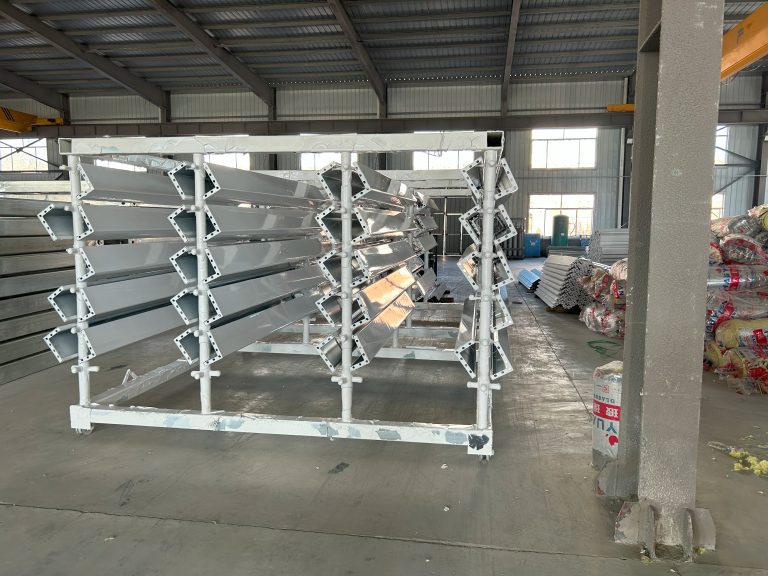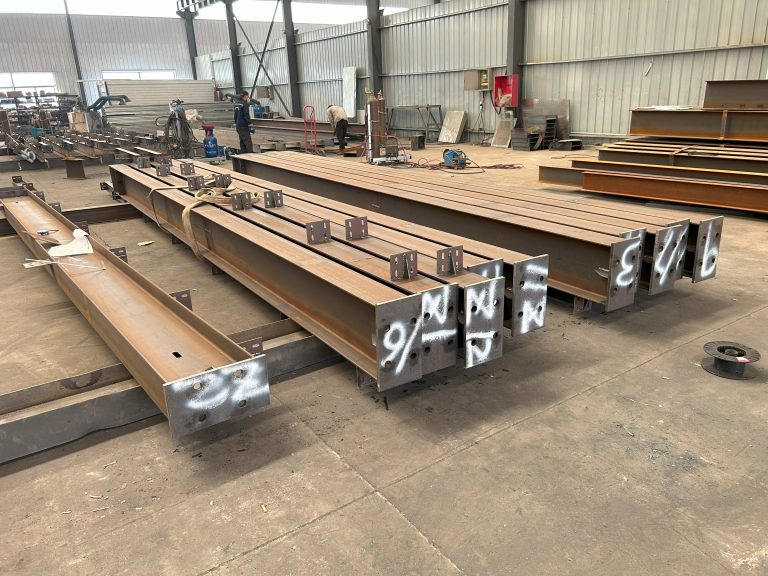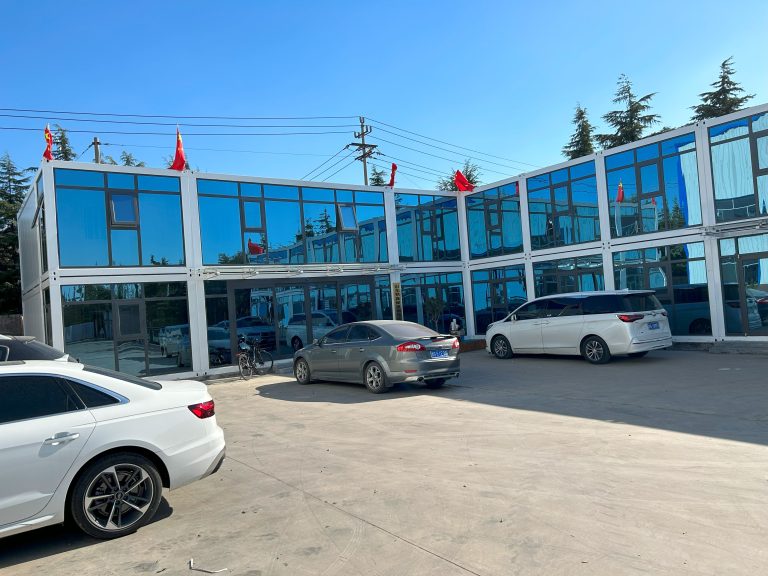How to optimize energy efficiency according to the level and orientation of the building?
Understanding the Impact of Building Orientation on Energy Efficiency
Energy efficiency is a crucial consideration in the design and construction of buildings. The orientation of a building plays a significant role in determining its energy efficiency. By understanding how the orientation of a building affects its energy consumption, architects and builders can optimize energy efficiency and reduce the environmental impact of a structure.

The orientation of a building refers to the direction in which it faces in relation to the sun. The orientation of a building can have a significant impact on its energy consumption. Buildings that are properly oriented can take advantage of natural light and heat, reducing the need for artificial lighting and heating. On the other hand, buildings that are poorly oriented may require more energy to maintain comfortable indoor temperatures.
One of the key factors that determine the energy efficiency of a building is its level of insulation. Insulation helps to regulate the temperature inside a building by preventing heat from escaping in the winter and entering in the summer. The orientation of a building can affect the effectiveness of its insulation. For example, buildings that are oriented to receive more sunlight may require more insulation to prevent overheating in the summer.
Another important consideration when optimizing energy efficiency according to the level and orientation of a building is the placement of windows. Windows play a crucial role in regulating the amount of natural light and heat that enters a building. By strategically placing windows on the south side of a building, for example, architects can maximize the amount of sunlight that enters the building in the winter, reducing the need for artificial lighting and heating.
In addition to the placement of windows, the size and type of windows can also impact the energy efficiency of a building. Energy-efficient windows, such as double-glazed windows, can help to reduce heat loss in the winter and heat gain in the summer. By choosing the right size and type of windows for a building’s orientation, architects can further optimize its energy efficiency.
When designing a building for optimal energy efficiency, architects and builders must also consider the impact of external factors such as shading and landscaping. Shading devices, such as awnings and louvers, can help to reduce the amount of sunlight that enters a building, reducing the need for cooling in the summer. Similarly, strategically placed trees and shrubs can provide natural shade and help to regulate the temperature inside a building.
In conclusion, optimizing energy efficiency according to the level and orientation of a building is essential for reducing energy consumption and minimizing the environmental impact of a structure. By considering factors such as insulation, window placement, and external shading, architects and builders can design buildings that are energy-efficient and environmentally friendly. By understanding the impact of building orientation on energy efficiency, we can create buildings that are not only aesthetically pleasing but also sustainable for future generations.

